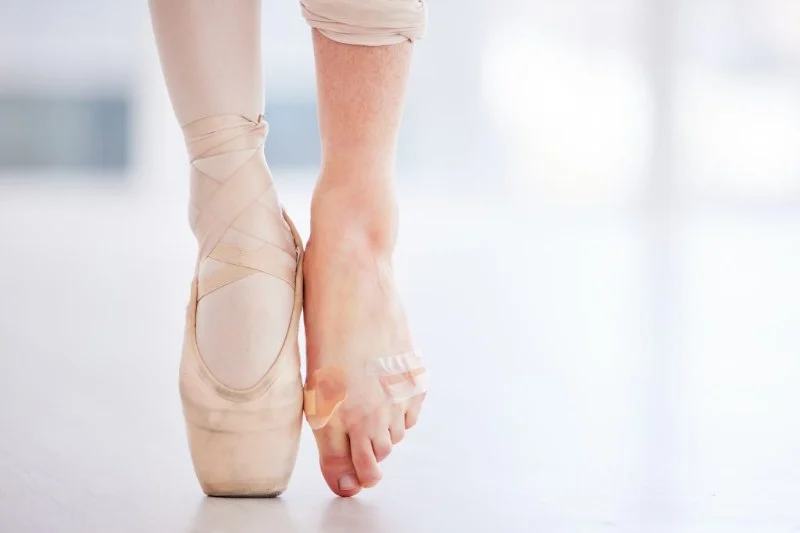
How to Care for Your Feet as a Dancer: Prevention and Recovery
As a dancer, your feet are your foundation, and keeping them healthy is essential for your performance, flexibility, and long-term well-being. Dancing, whether it’s ballet, hip-hop, or modern, puts a lot of stress on your feet. However, with proper care and attention, you can prevent injuries and recover effectively. In this guide, we will cover key tips for foot care for dancers, focusing on both prevention and recovery strategies to help you keep dancing safely and comfortably.
- 1. Prevention: Daily Care for Your Feet
- 2. Understanding Common Foot Injuries in Dancers
- 3. Recovery Tips for Foot Pain and Injuries
- 4. Footwear and Equipment: Choosing the Right Gear
- 5. Seeking Professional Help: When to See a Specialist
1. Prevention: Daily Care for Your Feet
The first step in caring for your feet is prevention. Here are some daily habits that can protect your feet from unnecessary strain:
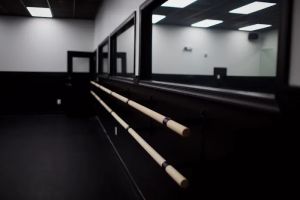
Class Act Performing Arts / class act performing arts
EdgewaterAnne Arundel CountyMaryland
161 Mitchells Chance Rd, Edgewater, MD 21037, USA
1.1 Stretching and Warm-Ups
Before any dance session, it’s crucial to stretch your feet, ankles, and calves to prepare them for the physical demands of dancing. Focus on exercises that improve flexibility and strengthen muscles to reduce the risk of injury.

Rock City Dance Center - Conway / rock city dance center
1058 Front St #102, Conway, AR 72032, USA
1.2 Hydration and Skin Care
Staying hydrated helps keep your skin supple and healthy, preventing blisters and cracks that can occur from dry skin. Use a moisturizing lotion daily, especially on the soles and toes, to avoid skin damage during intense movement.
2. Understanding Common Foot Injuries in Dancers
Despite the best preventive measures, foot injuries can still happen. Understanding common injuries can help you spot problems early and take appropriate action:
2.1 Plantar Fasciitis
This is one of the most common foot issues for dancers. It involves inflammation of the plantar fascia (the ligament that runs across the bottom of the foot), causing pain, particularly with the first few steps in the morning. Early treatment is key to preventing long-term damage.
2.2 Stress Fractures
Stress fractures in the feet can result from repetitive stress and overuse, common in dancers. Symptoms include pain that worsens over time, particularly when putting weight on the foot. Taking regular breaks and allowing your feet time to recover is essential.
2.3 Bunions and Hammertoes
These are deformities that develop over time due to improper footwear or abnormal foot mechanics. Dancers who wear pointed shoes or shoes that don’t fit properly may be more prone to these conditions.
3. Recovery Tips for Foot Pain and Injuries
When foot pain or injury occurs, it’s essential to follow proper recovery techniques. Here are some tips to speed up recovery:
3.1 Rest and Elevation
If you experience foot pain, one of the best things you can do is rest. Elevate your foot to reduce swelling, and avoid putting weight on it until the pain subsides.
3.2 Ice and Compression
Applying ice to the injured area helps reduce inflammation and numb the pain. Pair this with compression bandages to support the foot and keep swelling at bay.
3.3 Professional Therapy
If the pain persists, seeking professional help such as physical therapy or consulting a podiatrist can make a significant difference. They can provide specific exercises to strengthen the foot and prevent future injuries.
4. Footwear and Equipment: Choosing the Right Gear
Your choice of footwear is crucial for foot health. Whether you're doing ballet or hip-hop, here are some tips for selecting the right shoes:
4.1 Ballet Flats vs. Pointe Shoes
For ballet dancers, the choice between ballet flats and pointe shoes is significant. While flats are ideal for warm-ups and practice, pointe shoes should only be worn after proper training to avoid strain and injury to the feet.
4.2 Proper Fit and Comfort
Regardless of the dance style, always choose shoes that fit properly. Shoes that are too tight or too loose can cause discomfort and lead to injuries. Pay attention to the arch support, cushioning, and flexibility of the shoes to ensure they provide adequate support for your feet.
5. Seeking Professional Help: When to See a Specialist
If foot pain persists despite rest and home treatment, it’s essential to seek professional advice. Here’s when to consult a specialist:
5.1 Persistent Pain
If you’ve been experiencing foot pain for an extended period without relief, it’s time to see a podiatrist or orthopedic specialist. They can provide a proper diagnosis and treatment plan tailored to your specific needs.
5.2 Surgery Considerations
In severe cases, surgery may be required to correct issues like stress fractures or bunions. A specialist will discuss your options and guide you through the recovery process to get you back on your feet as quickly as possible.
By following these foot care tips, dancers can enjoy a longer, healthier career and reduce the risk of injury. At Creative Edge Dance Studio, we offer a range of resources and expert advice to help dancers care for their feet and enhance their performance. Visit Creative Edge Dance Studio to learn more about foot care and dance essentials.
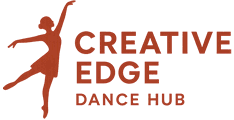






 New Motions Dance Center5.0 (4 reviews)
New Motions Dance Center5.0 (4 reviews) PPA Studio5.0 (13 reviews)
PPA Studio5.0 (13 reviews) Defining Moments Dance Studio4.0 (21 reviews)
Defining Moments Dance Studio4.0 (21 reviews)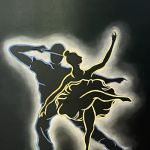 Studio One Dance Academy0.0 (0 reviews)
Studio One Dance Academy0.0 (0 reviews) Ka Pa Hula O Manulani5.0 (1 reviews)
Ka Pa Hula O Manulani5.0 (1 reviews) InSPIRE Studio Pilates & Fitness5.0 (35 reviews)
InSPIRE Studio Pilates & Fitness5.0 (35 reviews)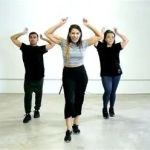 What is Whacking? Arm-Based Disco Dance Movement
What is Whacking? Arm-Based Disco Dance Movement How I Developed My Own Choreography for My Wedding Dance: A Step-by-Step Guide
How I Developed My Own Choreography for My Wedding Dance: A Step-by-Step Guide My Story of Teaching a Charity Dance Class in a Senior Home — What Happened
My Story of Teaching a Charity Dance Class in a Senior Home — What Happened What is Folk Dancing? Cultural Traditions from Around the World
What is Folk Dancing? Cultural Traditions from Around the World The Best Dance Styles for Kids to Build Discipline and Fun
The Best Dance Styles for Kids to Build Discipline and Fun How I Learned to Use AI-Generated Choreography for My Audience — My Story
How I Learned to Use AI-Generated Choreography for My Audience — My Story